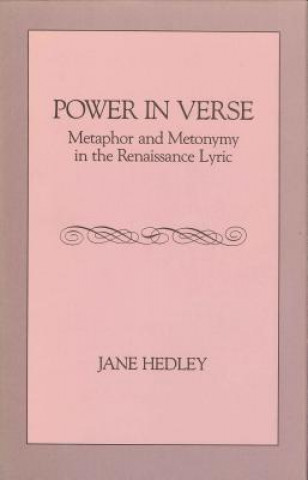
Kód: 04564131
Power in Verse
Autor Jane Hedley
English lyric poetry from Wyatt to Donne falls into three consecutive stylistic phases. Tottel's Miscellany presided over the first, making the lyrics of Wyatt and Surrey available for imitation by mid-century poets like Barnabe G ... celý popis
- Jazyk:
 Angličtina
Angličtina - Vazba: Brožovaná
- Počet stran: 212
Nakladatelství: Pennsylvania State University Press
- Více informací o knize

Mohlo by se vám také líbit
-

Democratic Implications of Civil Society in China
6578 Kč -

Rubbish!
494 Kč -

Jewish Novel About Jesus
390 Kč -
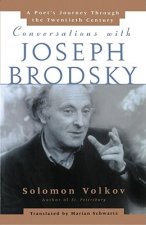
Conversations with Joseph Brodsky
546 Kč -

Bradley, Greg, Folger
7530 Kč -

COFFEEHOUSE
493 Kč -
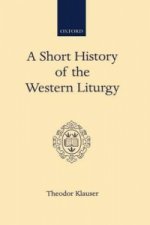
Short History of the Western Liturgy
1863 Kč
Dárkový poukaz: Radost zaručena
- Darujte poukaz v libovolné hodnotě a my se postaráme o zbytek.
- Poukaz se vztahuje na celou naši nabídku.
- Elektronický poukaz vytisknete z e-mailu a můžete ihned darovat.
- Platnost poukazu je 12 měsíců od data vystavení.
Více informací o knize Power in Verse
Nákupem získáte 103 bodů
 Anotace knihy
Anotace knihy
English lyric poetry from Wyatt to Donne falls into three consecutive stylistic phases. Tottel's Miscellany presided over the first, making the lyrics of Wyatt and Surrey available for imitation by mid-century poets like Barnabe Googe, George Turberville, and George Gascoigne. The Shepheardes Calender and Sidney's Defense of Poesy ushered in the second, the Elizabethan or "Golden" phase of the 1580s and 1590s. In the third phase Donne and Jonson, reacting against the stylistic orientation of the Elizabethan poets, reconceived the status of "poesy" and resituated the lyric for a post-Elizabethan audience.Chapter 7 is shared between Donne ad Jonson, post-Elizabethan writers who used metonymy to subvert the metaphoric stance of Elizabethan poetry. In a postscript Hedley takes on the "metaphysical conceit" for a final demonstration of the explanatory power of Jakobson's theory of language.Professor Hedley uses the semiotic theory of Roman Jakobson to create stylistic profiles for each of these three phases of early Renaissance poetry. Along with the poetry itself she reexamines contemporary treatises, "defenses," and "notes of instruction" to highlight key features of poetic practice. She proposes that early and mid-Tudor poetry is "metonymic," that the collective orientation of the Elizabethan poets is "metaphoric," and that Donne and Jonson bring metonymy to the fore once again.Chapter 1 sets out the essentials of Jakobson's theory. Hedley uses particular poems to show what is involved in claiming that a writer or a piece of writing has metaphoric or a metonymic basis. Chapter 2 explains how the metaphoric bias of Elizabethan poetry was produced, as "poesy" became part of England's national identity. This chapter broadens out beond the lyric to include other modes of writing whose emergence belongs to an Elizabethan "moment" in the history of English literature. Beyond chapter 2, each chapter has a double purpose: to create sylistic profile for a single poetic generation and to highlight a particular aspect or feature of the poetry as an index of difference from one generation to the next.In the third chapter Hedley shows how Wyatt and Surrey used deixis metonymically to give their poems particular occasions. Chapter 4 explains how the metonymic bias of the mid-Tudor poets affected their use of metaphor, and highlights Gascoigne's appreciation of a metaphor as a social gambit or an instrument of moral suasion. Chapters 5 and 6 are centered in the Elizabethan period, but with perspectives into earlier and subsequent phases of metonymic writing. In chapter 5, a comprehensive discussion of the sonnet and the sonnet sequence shows how metaphoric writing cooperates with the "poetic function" of language. Chapter 6 deals with love poetry, as a social/political activity whose orientation differs radically from one generation of English Petrarchists to the next.
 Parametry knihy
Parametry knihy
Zařazení knihy Knihy v angličtině Literature & literary studies Literature: history & criticism Literary theory
1033 Kč
- Plný název: Power in Verse
- Podnázev: Metaphor and Metonymy in the Renaissance Lyric
- Autor: Jane Hedley
- Jazyk:
 Angličtina
Angličtina - Vazba: Brožovaná
- Počet stran: 212
- EAN: 9780271028385
- ISBN: 0271028386
- ID: 04564131
- Nakladatelství: Pennsylvania State University Press
- Hmotnost: 313 g
- Rozměry: 234 × 156 × 15 mm
Oblíbené z jiného soudku
-
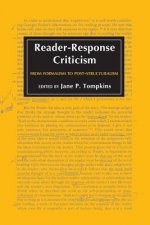
Reader-Response Criticism
1026 Kč -

Discipline and Punish
364 Kč -
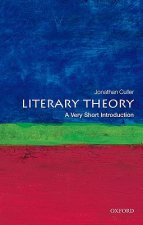
Literary Theory: A Very Short Introduction
268 Kč -

Analysis of Burton G. Malkiel's A Random Walk Down Wall Street
226 Kč -

Norton Anthology of Theory and Criticism
1686 Kč -

Analysis of Philip Zimbardo's The Lucifer Effect
227 Kč -

How Fiction Works
323 Kč -

Analysis of Jane Jacobs's The Death and Life of Great American Cities
226 Kč -
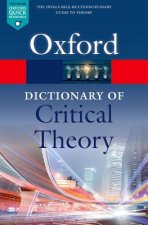
Dictionary of Critical Theory
356 Kč -
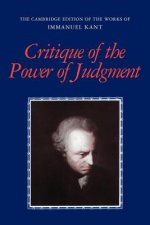
Critique of the Power of Judgment
1268 Kč -

Modern Criticism and Theory
2169 Kč -

The Pooh Perplex
424 Kč -

Postmodern Condition
507 Kč -

Theory of Literature and Other Critical Writings
1161 Kč -

Analysis of Henry Kissinger's World Order
226 Kč -
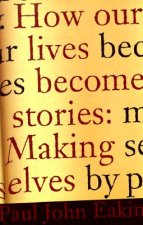
How Our Lives Become Stories
946 Kč -

Analysis of Elizabeth F. Loftus's Eyewitness Testimony
270 Kč -

Cambridge Companion to Feminist Literary Theory
1230 Kč -
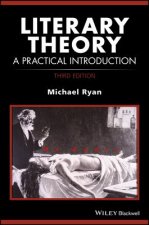
Literary Theory - A Practical Introduction 3e
1116 Kč -

Semiologies of Travel
2732 Kč -
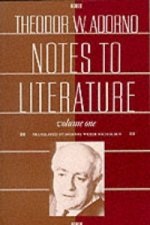
Notes to Literature
1224 Kč -

French Literature: A Very Short Introduction
249 Kč -

Comparison
1218 Kč -

Beginning Theory
408 Kč -

How to Read and Why
356 Kč -

Critical Terms for Literary Study, Second Edition
1015 Kč -

Analysis of Oliver Sacks's The Man Who Mistook His Wife for a Hat and Other Clinical Tales
226 Kč -

Flatline Constructs
322 Kč -

Literary Theory - An Anthology, Third Edition
1022 Kč -

Prospecting
965 Kč -

Analysis of Gordon W. Allport's The Nature of Prejudice
270 Kč -

Theory of Literature
616 Kč -

Criticism and Ideology
618 Kč -

Literary Theory: A Complete Introduction
410 Kč -
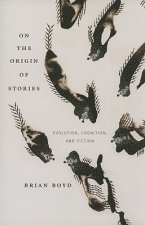
On the Origin of Stories
821 Kč -

Strategies of Fantasy
551 Kč -
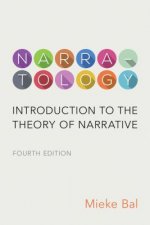
Narratology
1191 Kč -

Literary Theory: The Basics
708 Kč -

Literary Criticism from Plato to the Present - An Introduction
955 Kč -

Wellness Syndrome
687 Kč -

British Folk Tales and Legends
507 Kč -
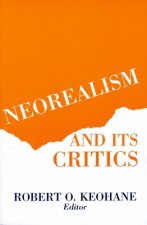
Neorealism and Its Critics
1174 Kč -
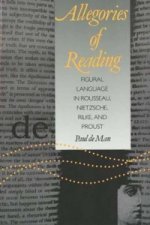
Allegories of Reading
637 Kč -

Cambridge Companion to Literature and Psychoanalysis
924 Kč -
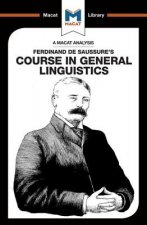
Analysis of Ferdinand de Saussure's Course in General Linguistics
271 Kč -

Walter Benjamin and the Media - The Spectacle of Modernity
554 Kč -

Analysis of Erwin Panofsky's Meaning in the Visual Arts
270 Kč -
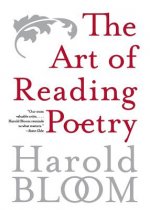
Art of Reading Poetry
205 Kč -

Fantastic
778 Kč
Osobní odběr Praha, Brno a 12903 dalších
Copyright ©2008-24 nejlevnejsi-knihy.cz Všechna práva vyhrazenaSoukromíCookies



 Vrácení do měsíce
Vrácení do měsíce 571 999 099 (8-15.30h)
571 999 099 (8-15.30h)